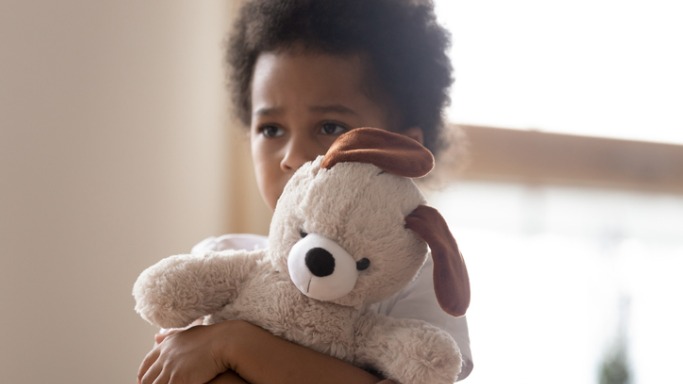It’s become a cliché by now to note that we can put a man on the moon but can’t solve a seemingly simple problem here on Earth. It’s a comparison that occurred to me when I read the recent report that dozens of North Dakota children who have been abused and or neglected by their parents are spending nights in hotels and government offices because child welfare agencies can’t find a place for them.
North Dakota is not alone. Texas, Georgia, Washington State and Virginia are all facing the same issue, with hundreds of the most vulnerable children living like vagrants.
I have questions, as we all should.
How is it possible that we can’t find adults to care for these “children without placements”? Why has this just become a problem in recent years? Why, when it comes to children in the foster care system, does it seem as though we haven’t made any progress? Why does the situation seem to be deteriorating?
Some observers of the system suggest that COVID-19 is to blame, that we couldn’t find enough foster families to open their homes to kids at the peak of the pandemic. This might be true in some places, though some nonprofits actually managed to increase the speed and efficiency with which they trained foster families, thanks to remote education.
Others say we haven’t invested enough in prevention measures to keep kids out of the system in the first place. But states have been trying to do prevention for a long time. And prevention might not even be the right word, since many of these programs kick in once a child’s abuse or neglect has already been reported. Some kinds of prevention — like addiction treatment programs for parents — are hardly one-and-done solutions either.
Some say we haven’t done enough to find relatives for these kids to live with, but kinship care has been an almost single-minded focus of the child welfare system for the past couple of decades at least. In fact, some states, like New Jersey, have stopped recruiting nonrelative foster parents because they are so confident in their abilities to place kids with kin.
And many of these kids who are without placements have already spent time with their own families receiving prevention services, with extended family or even with nonrelative foster families. But these families simply couldn’t handle them. These kids are mostly older and often have severe behavioral and mental health problems.
So what did we do with these kids in the past? Often they were placed in congregate care settings — group homes or institutions that treated their mental health problems. Some of these homes were not so great. Some were even abusive. But plenty of them did good work with kids who had no other options. Economist Richard McKenzie, author of the memoir “The Home,” has written about his own experience growing up in an orphanage decades ago:
We worked hard for long hours on the farm and in the shops, and we lacked a lot, not the least of which were the daily hugs other children take for granted and the requisite level of encouragement to read and study.
But what was the alternative? McKenzie wrote:
If any of us had had a choice between growing up with Ozzie and Harriet or in The Home, each would surely have taken the former. However, we either didn’t have parents or left parents behind who were not worthy of the roles they had assumed. … The dominant emotion for those of us who return each year to homecoming (at the orphanages) is neither hostility nor regret, but sheer gratitude.
Between 2008 and 2018, there was a 37% reduction in the number of kids in congregate care settings. Many of these facilities were forced to shut down even before then, the result of high insurance costs, less money from state and federal governments and less private support (including from sponsoring churches). Public sentiment — thanks in large part to portrayals of institutional care in media from “Annie” to “One Flew Over the Cuckoo’s Nest” — grew increasingly opposed to any support of them.
The effect has not only been widespread homelessness among mentally ill adults and in the child welfare system. Even children with loving parents who cannot properly care for them are now victims of this policy. The New York Times last week carried the heartbreaking story of an autistic teen who is violent toward her parents whom she towers over. They cannot find a facility that will take her in and keep her and them safe. So instead they have to call police and have her taken to emergency rooms over and over.
On the road to the end of institutions, few people stopped to ask an important question: Why did we have these facilities in the first place? And where would we put kids —particularly older children or children with behavioral problems not easily managed by a foster parent or relative — once the institutions disappeared? This is a fundamentally conservative question.
Conservatives needn’t oppose every kind of societal change. But they do need to understand what led to the existence of certain policies and institutions in the past. And they need to understand that eliminating them may have deep and destructive consequences.

